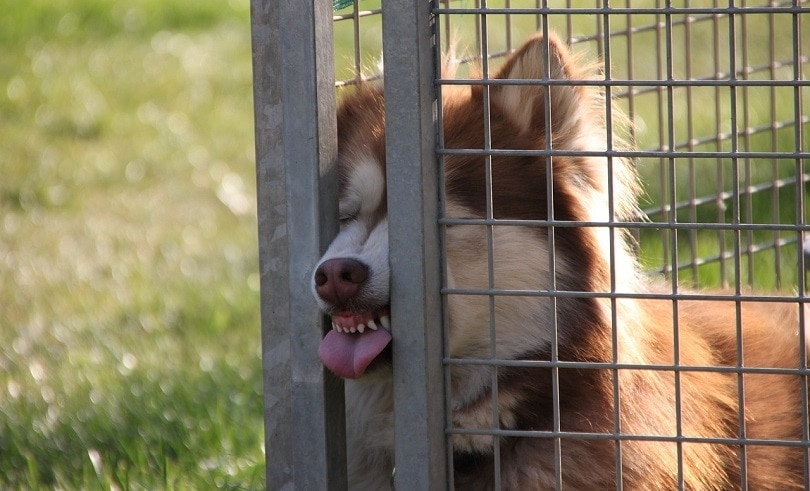Top 10 Fabrics That Repel Dog Hair the Best

Updated on
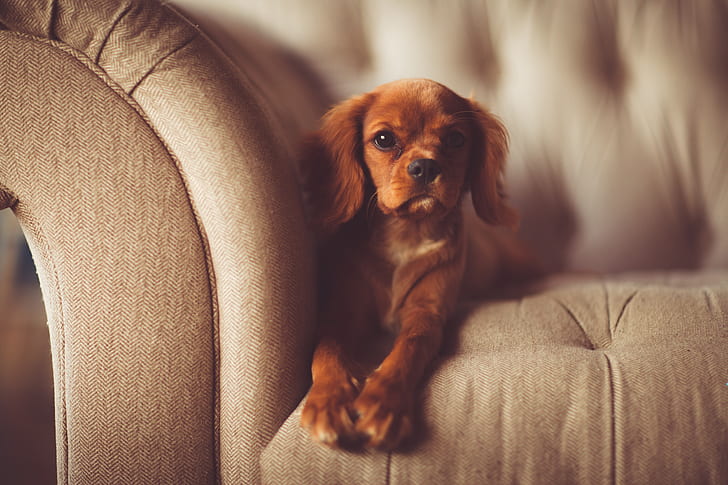
Unless you’re one of the few dog owners who are blessed enough to have a shedding-free pup, you’ve probably spent countless hours cleaning up pile after pile of loose dog hair. It gets in every corner, bunches up under furniture, gets stuck to your clothes, and might even end up on your dishes!
Most of us deal with the issue because we love our dogs so much. But there is a better way! By using fabrics that repel dog hair instead of fabrics that attract the hair like a magnet, you can keep your clothes and furniture looking much cleaner without any additional work.
If that sounds too good to be true, it’s not! We’re going to tell you about each of the 10 best fabrics for repelling dog hair. Whether you want your clothes, bedding, or furniture to be hair-free, these fabrics are the best choices.
The Top 10 Fabrics That Repel Dog Hair the Best
1. 100% Cotton
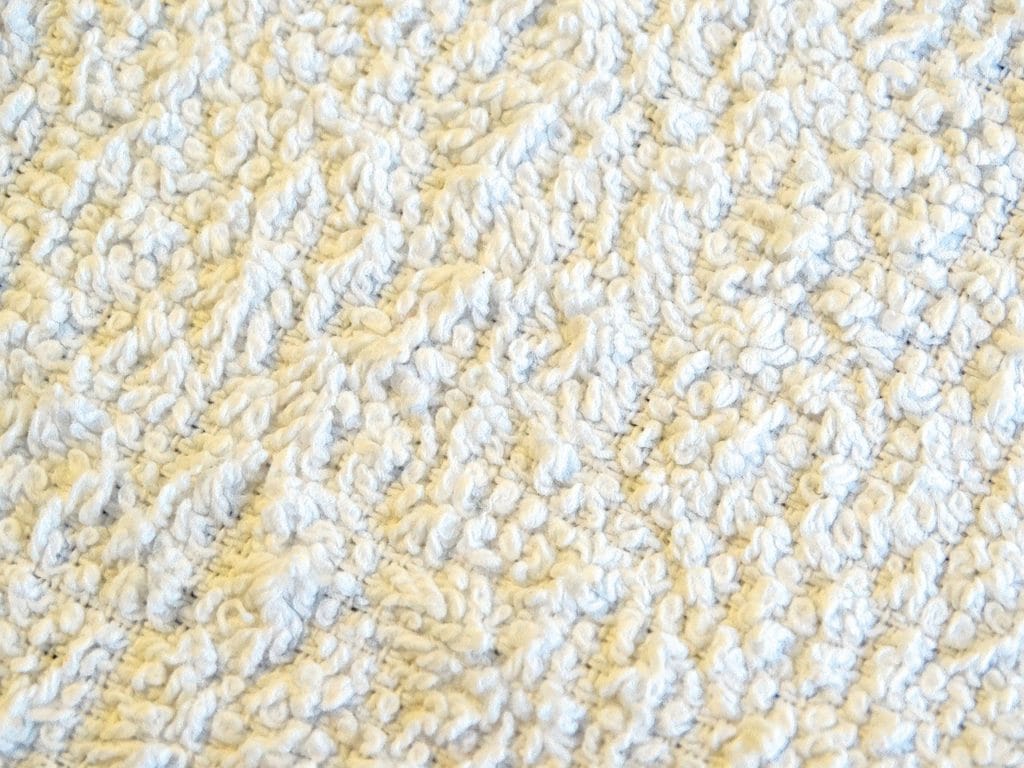
First on our list of fabrics that repel dog hair is one of the most common fabrics used for clothing, while also being one of the best at repelling dog hair. 100% cotton is used in many of our clothes, but some of them still seem to attract it! This is because there’s a caveat to this fabric, it must be very tightly woven cotton to effectively repel dog hair.
You’re going to want to look for cotton with a very high thread count: 500 thread count or higher is the target. The good news is that you can easily find sheets and bedding made from this tightly woven cotton, and they’ll do wonders for reducing the amount of dog hair your bed is currently collecting.
Of course, getting the higher thread count cotton is more expensive, but it’s worth it for the reduced cleanup you’ll have to do. It can also be difficult to find 100% cotton clothing that’s made with a high enough thread count. But if you can find it, you can say goodbye to leaving the house looking like you have a fur coat of your own!
- Excellent at repelling dog hair
- High thread count sheets are easy to find
- Must be at least 500 thread count or higher
- Harder to find such tightly woven clothing
- Higher thread count bedding is more expensive
2. Denim
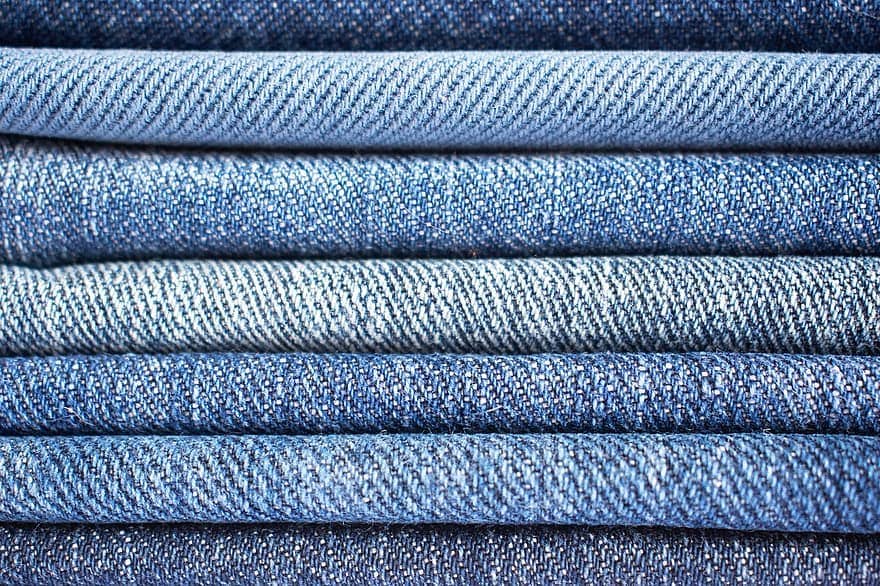
Denim is a very durable and tightly woven fabric. Because of the tight weave, there’s not as much opportunity for hairs to stick to the fabric. Though you may still find a few hairs clinging desperately onto your jeans, they’ll be very easy to remove with a lint roller, unlike hairs that are stuck to certain other types of fabric.
Because most denim is pretty dark in color, it also does a good job of hiding dog hair. This means that any hair that does manage to stick to your jeans won’t be very visible.
The biggest problem with denim is that it’s not usable in all places. You might not like the looks of a denim couch, for instance. Most people enjoy wearing jeans, but you might draw the line at a denim shirt.
- Tight weave doesn’t let dog hair stick easily
- Jeans are already made from denim
- Darker color hides any hair that does stick
- Hair is easily removed if it does cling to the denim
- Denim isn’t used in many applications
- Not the softest or most comfortable of fabrics
- Not visually appealing to everyone
3. Silk
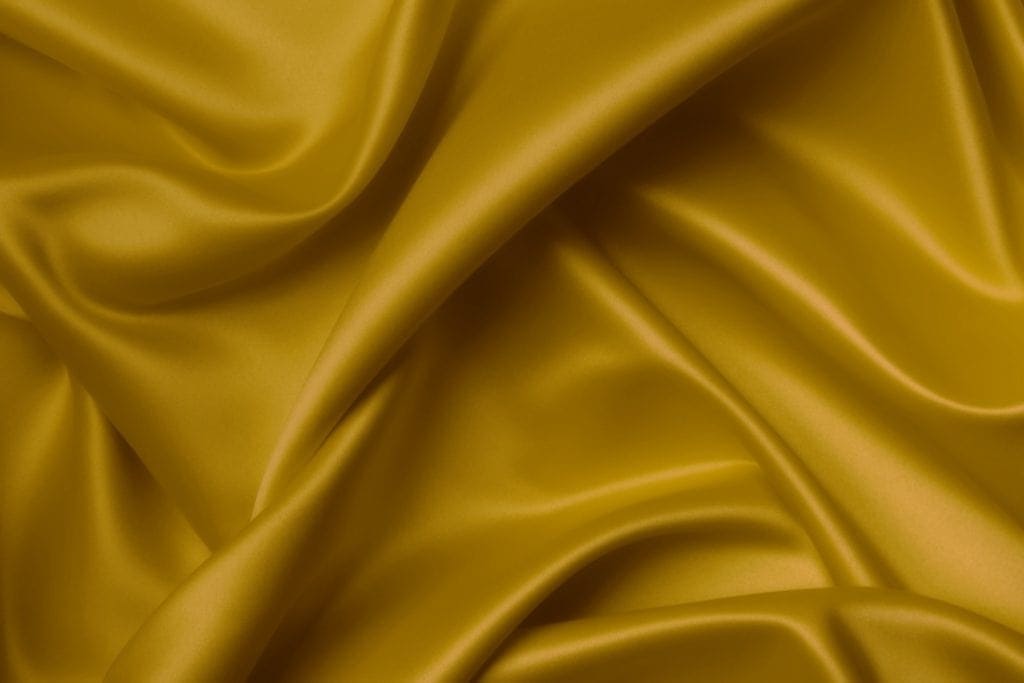
Next on our list of fabrics that repel dog hair is silk. If you’ve ever crawled into a bed that was adorned with luxurious silk sheets, then you know just how slippery they can feel against the body. It’s a great sensation against your skin, but it also serves another purpose: preventing dog hair from sticking!
Because silk has such a slick surface, dog hair doesn’t stick to it easily. Silk blends will also work well for repelling dog hair, and they’re usually more cost-effective and longer-lasting.
One thing to be aware of with silk is that it’s very prone to holes created by your dog’s nails or teeth. It’s very thin and easily punctured. It’s also more expensive than other fabrics, so when it gets damaged, you’re going to feel it!
- Slick texture doesn’t hold onto dog hair
- Feels great against your skin
- Silk blends can last longer and are cheaper
- Susceptible to holes from teeth and nails
- More expensive than other fabrics
4. Moleskin
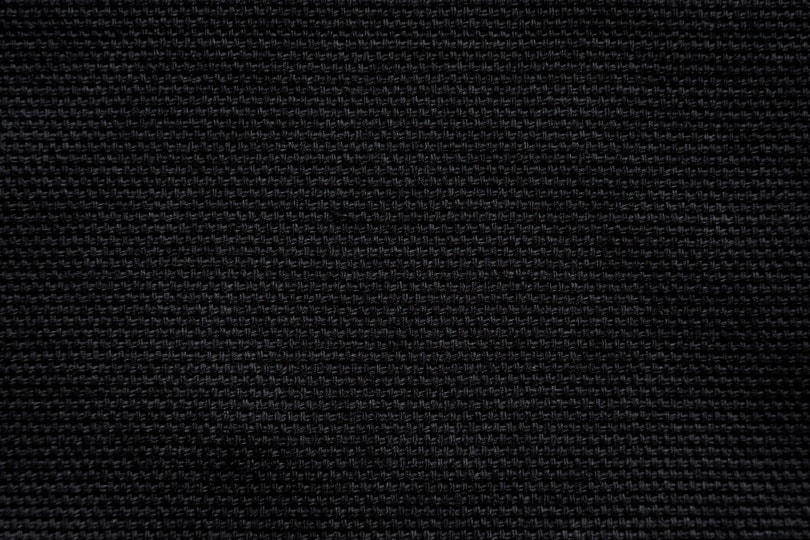
Moleskin is made from very heavily woven cotton. It’s very strong and thick but still manages to be quite soft. It even gets softer with use. Moleskin is so durable that it’s often used by hikers to protect and prevent blisters on their feet.
Because it’s so heavily woven, moleskin is great at preventing dog hair from sticking. If you shake it, any dog hair that’s laying on the surface will simply fall right off.
However, very few pieces of furniture or clothing are currently made from moleskin fabric. You might not be able to find clothes or furniture covers made from moleskin, but you could still make some yourself if you have some DIY experience and enthusiasm!
- Very heavily woven
- Dog hair doesn’t stick
- Extremely durable
- Not much is made from moleskin
- You’ll probably have to make moleskin items yourself
5. Microsuede
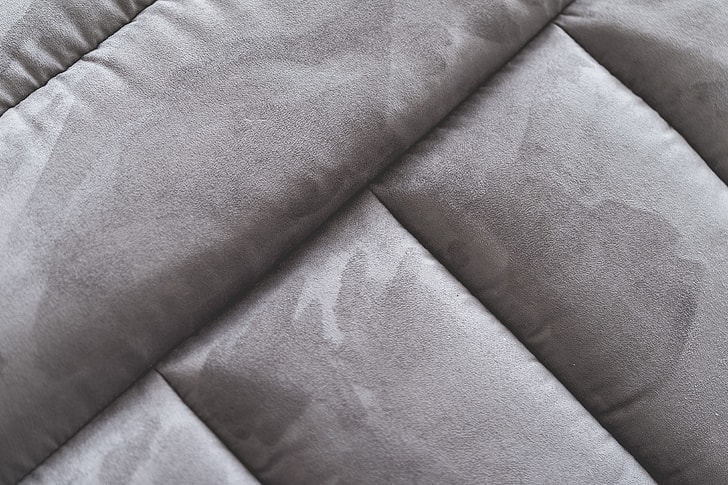
Microsuede isn’t woven at all, unlike many of the other fabrics on this list. Because of this, there’s really nowhere for the hair to stick to. The hair might still lay on top of the fabric, but a quick wipe down or a single pass with a vacuum should remove it all with ease.
One of the best things about microsuede is that it’s luxuriously soft. It feels great to the touch and gets even softer with washing. It’s also very breathable like cotton, and it’s even stain-proof.
The only real downside to microsuede is that items made out of this material tend to cost more than items made from cotton or other more common fabrics. But when you consider the reduced time you’ll spend cleaning up dog hair, and how nice all of your microsuede items will feel, it might be worth the tradeoff.
- Very soft and gets softer with washing
- Stain-proof
- Breathable
- More expensive than other fabrics
- Can be more difficult to find items made from microsuede
6. Leather
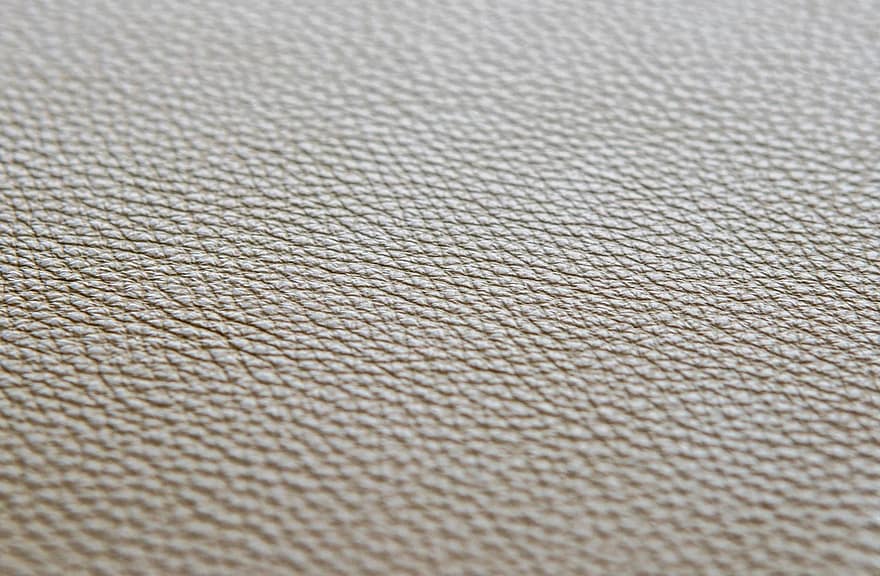
Leather barely qualifies as a fabric, but it’s commonly used on furniture, and it’s great at preventing dog hair from building up. In fact, it’s one of the best couch fabrics for dogs. The dog hair will stay accumulate on top, but it won’t stick. Cleanup will be as simple as wiping it off or vacuuming it up.
Leather furniture is very common, and many people choose it for qualities other than preventing dog hair. But real leather requires conditioning if you want it to stay soft and supple and prevent cracking.
Unfortunately, leather is a premium material that usually costs more than other materials. Expect to pay a bit more for a leather couch than a cotton one.
- Dog hair doesn’t stick
- Commonly used for furniture
- More expensive than other materials
- Requires conditioning
7. Pleather
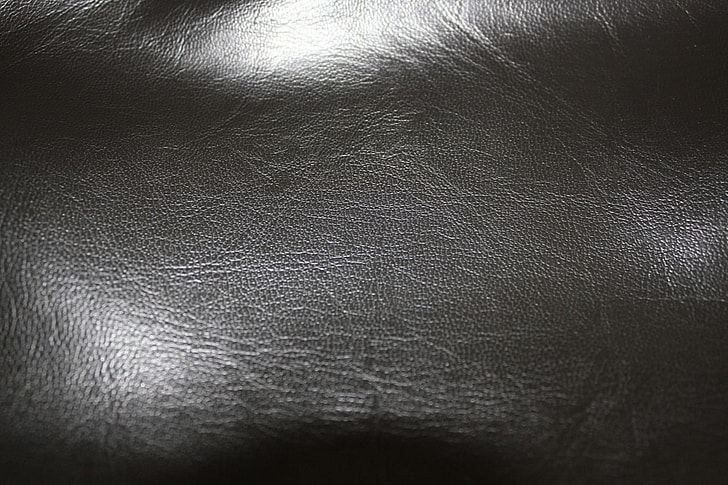
If you like the benefits of leather without the conditioning and the higher price tag, then you might consider pleather or another leather alternative instead. Many leather alternatives are even vegan, so they can fit well with alternative lifestyles.
Leather alternatives tend to cost less and need less upkeep than real leather. Often, it’s rather difficult to tell the difference between the real thing and a good leather alternative.
When it comes to dog hair, faux leather will still offer the same benefits as real leather. The hair won’t stick to the material, and any hair that accumulates will wipe off easily.
- Cheaper than real leather
- Doesn’t require conditioning
- Dog hair doesn’t stick
- Can fit with alternative lifestyles
- Not quite as durable and long-lasting as real leather
8. Linen
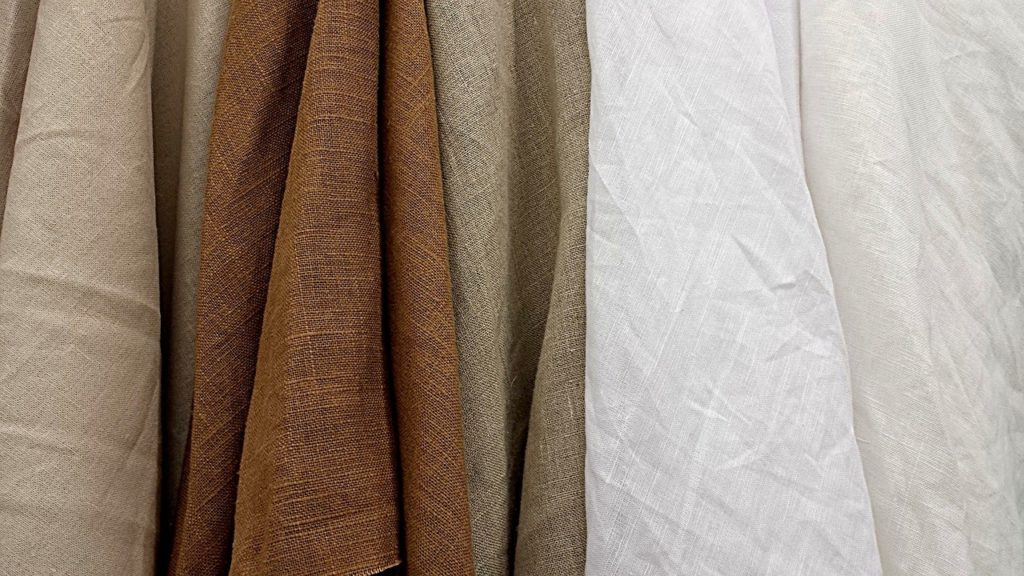
Linen is tightly woven with a somewhat slick surface that’s great at preventing dog hair from sticking. It’s also very breathable like cotton. However, unlike cotton, linen is very absorbent and fast drying. It has the unique property of not feeling wet until it has absorbed quite a bit of moisture.
Linen is often used for bedding. It’s a bit more expensive than other alternatives, though. But you can keep the cost down a bit by opting for a linen-cotton blend with a higher thread count. This will still be great at preventing pet hair from sticking, but it will save you some money.
- Somewhat-slick surface prevents dog hair from sticking
- Breathable
- Absorbent but doesn’t feel wet until it has absorbed a lot
- More expensive than other alternatives
9. Microfiber
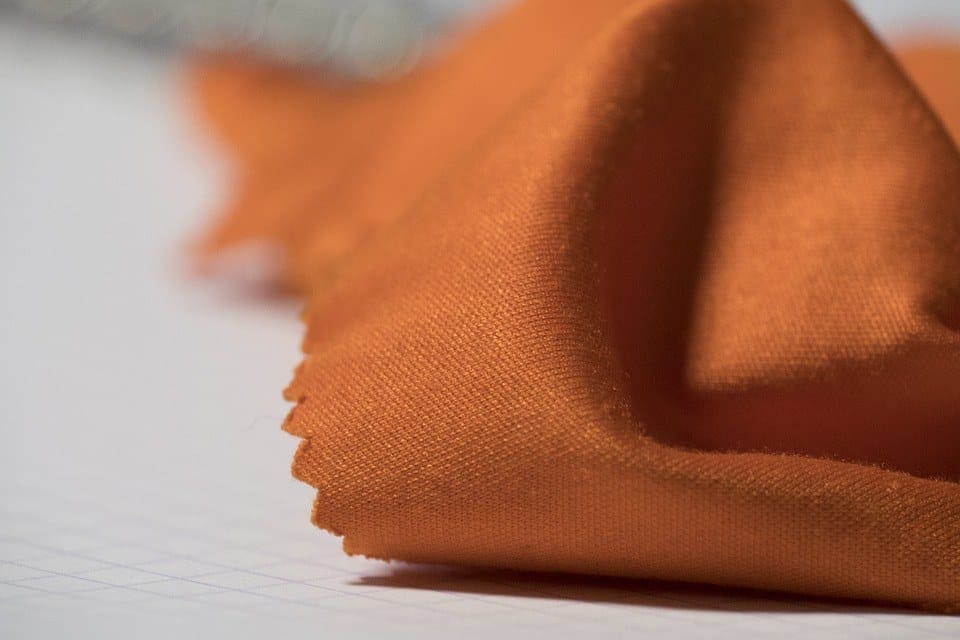
Microfiber fabric is made from such tightly woven fibers that pet hairs have nothing to stick to. They’re synthetic fibers, which makes them stronger than natural fibers that are more prone to breaking. Even better, microfiber is mold-resistant.
But the great properties of microfiber don’t end there. It’s a very breathable material that’s also wrinkle and stain-resistant, making it a great choice for clothing.
Unfortunately, you’ll have a tough time finding many clothes or pieces of furniture made from microfiber. They’re out there, but you’ll have to search around to find them. When you do, they’re generally more expensive than the standard cotton alternatives.
- Breathable
- Mold and stain-resistant
- Wrinkle-resistant
- More expensive than other materials
- Not many clothes or furniture are made from microfiber yet
10. Canvas
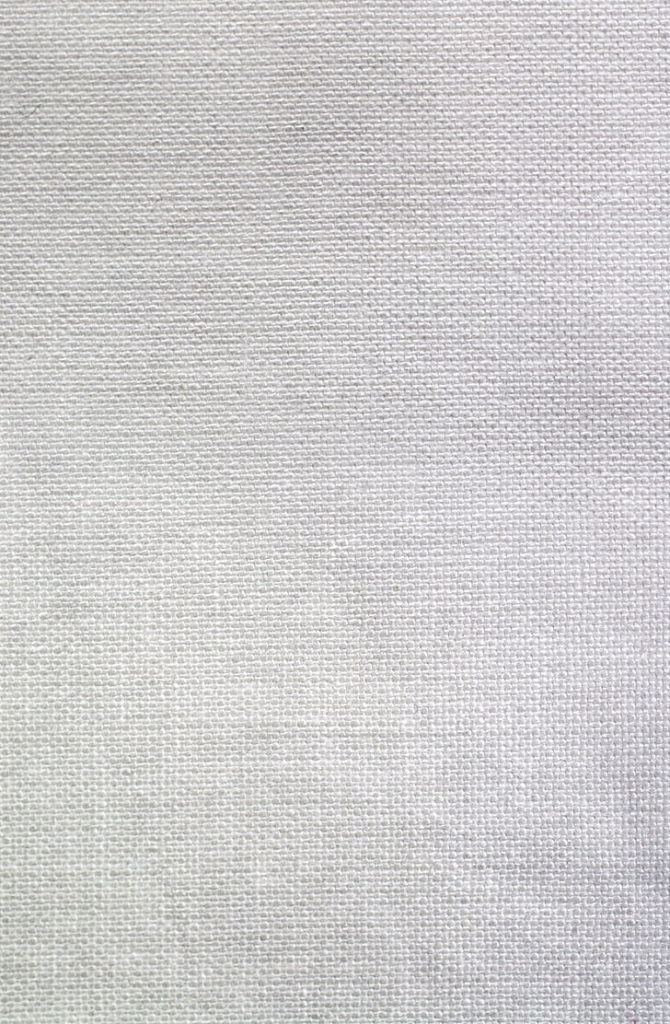
Canvas is very durable, and more importantly, doesn’t give pet hair anything to stick to. It’s also a very cost-effective material since it’s usually made from cotton.
You can commonly find canvas used to make furniture covers. This is perfect for keeping your couch, loveseat, or any other furniture hair-free.
But canvas isn’t the softest, most comfortable fabric to sit on. It doesn’t feel as nice against your skin as other fabrics, and you may not like the looks quite as much, particularly for furniture that’s inside. But for outdoor furniture, canvas is the perfect option.
- Cost-effective
- Commonly used for furniture covers
- Nothing for pet hair to stick to
- Doesn’t feel as nice as other materials
- You might not like the looks for indoor furniture
Does your pet shed a lot? One of our favorite ways to reduce shedding in our pets is by bathing them with Hepper's Oatmeal Pet Shampoo!
Conclusion
As you can see, there are many different fabrics that repel dog hair available that will prevent sticking and accumulating. Using these materials won’t solve your pet hair problem completely. But if you do opt for some clothing or furniture that’s made from these materials, you’ll have less of a mess to clean up overall, and an easier time cleaning the mess that is left.
Some of these dog hair-repelling fabrics are more applicable for clothing; others are best suited for furniture. You might find clothes or furniture covers already made from some of these materials. But some aren’t as commonly used, so you might need to make them yourself!
See also:
Featured Image Credit: Pickpik



